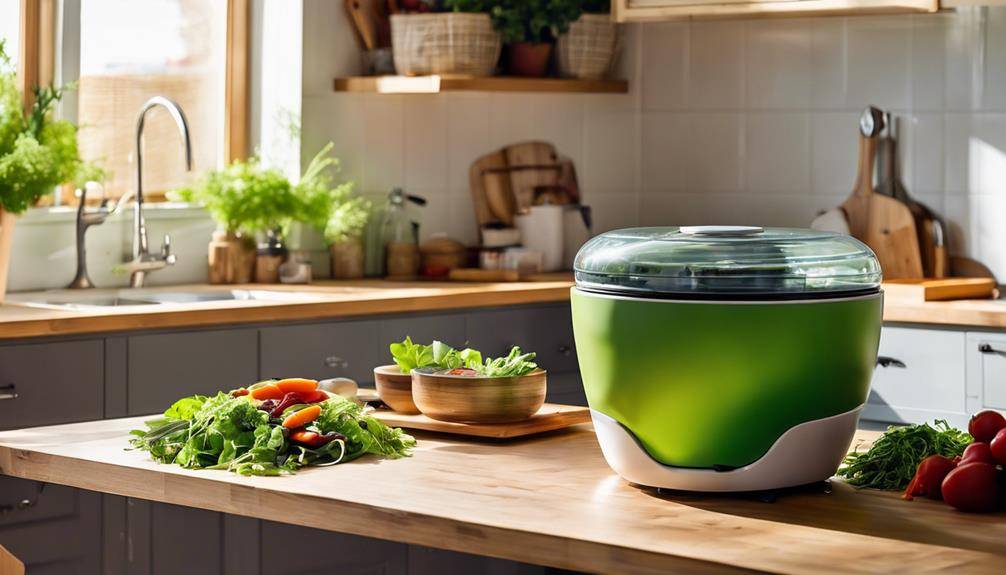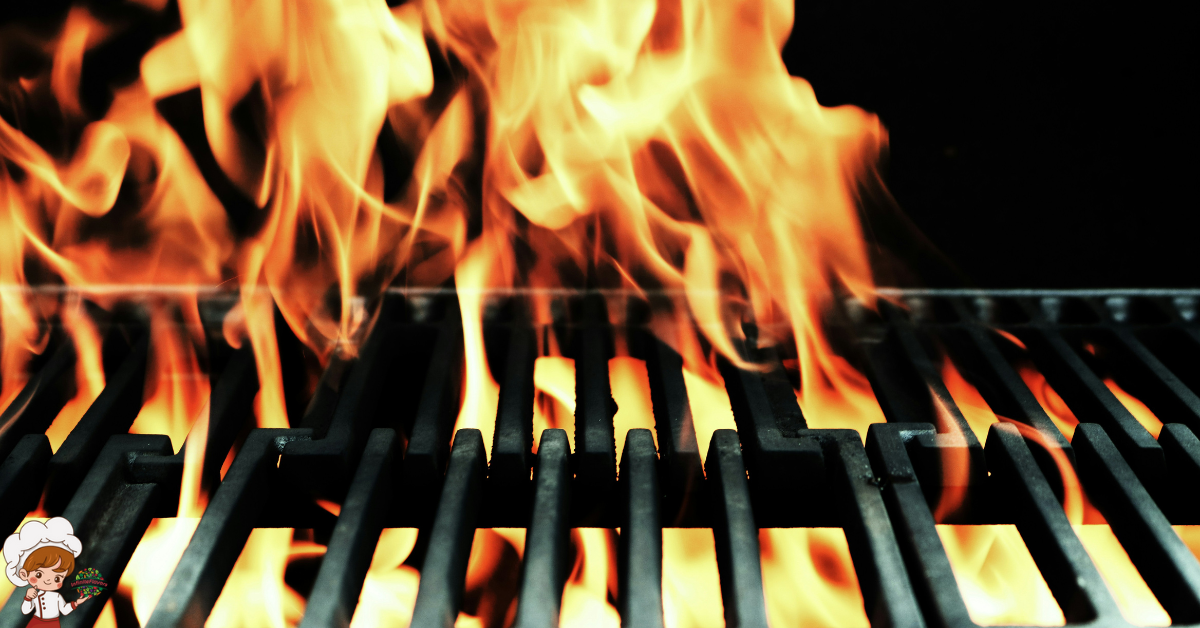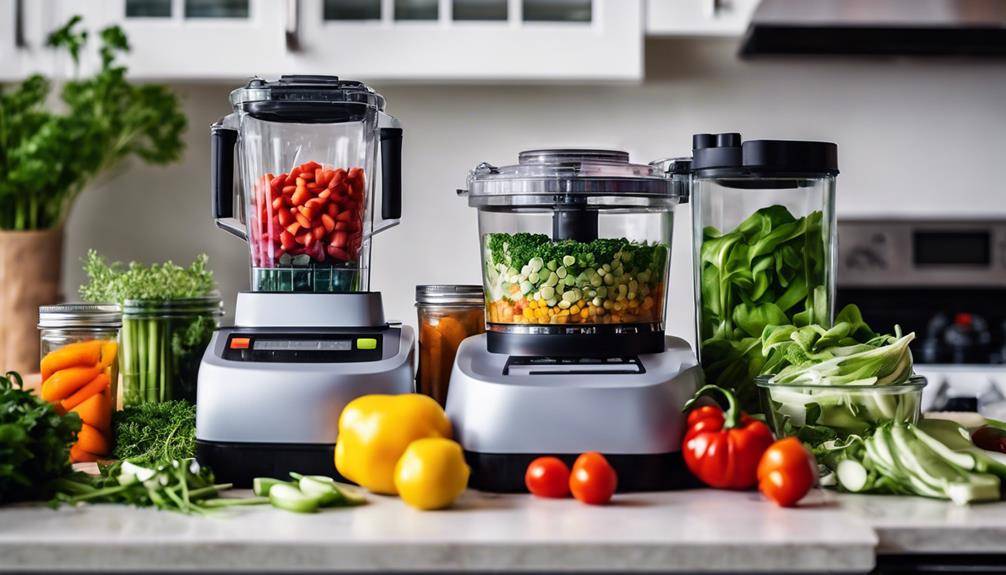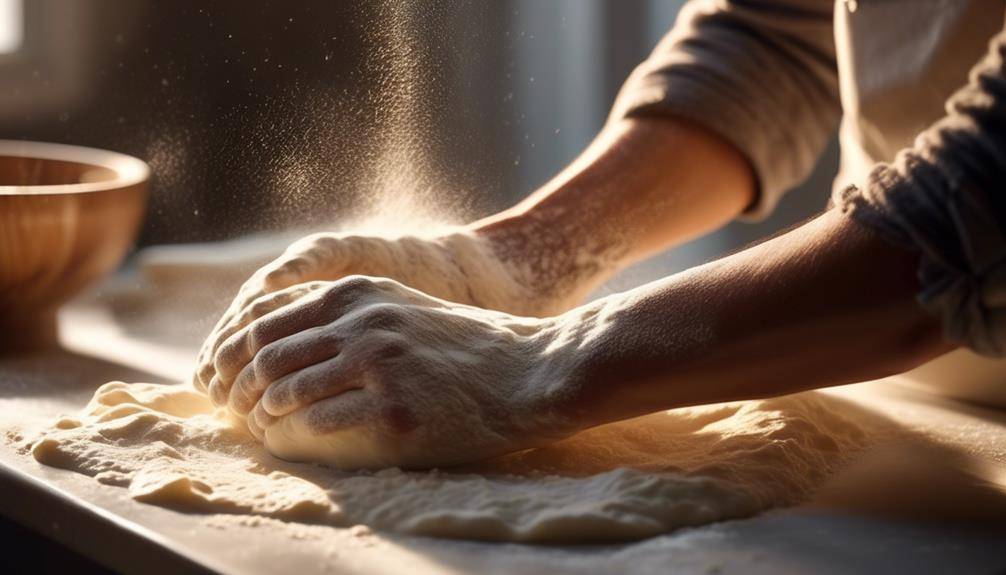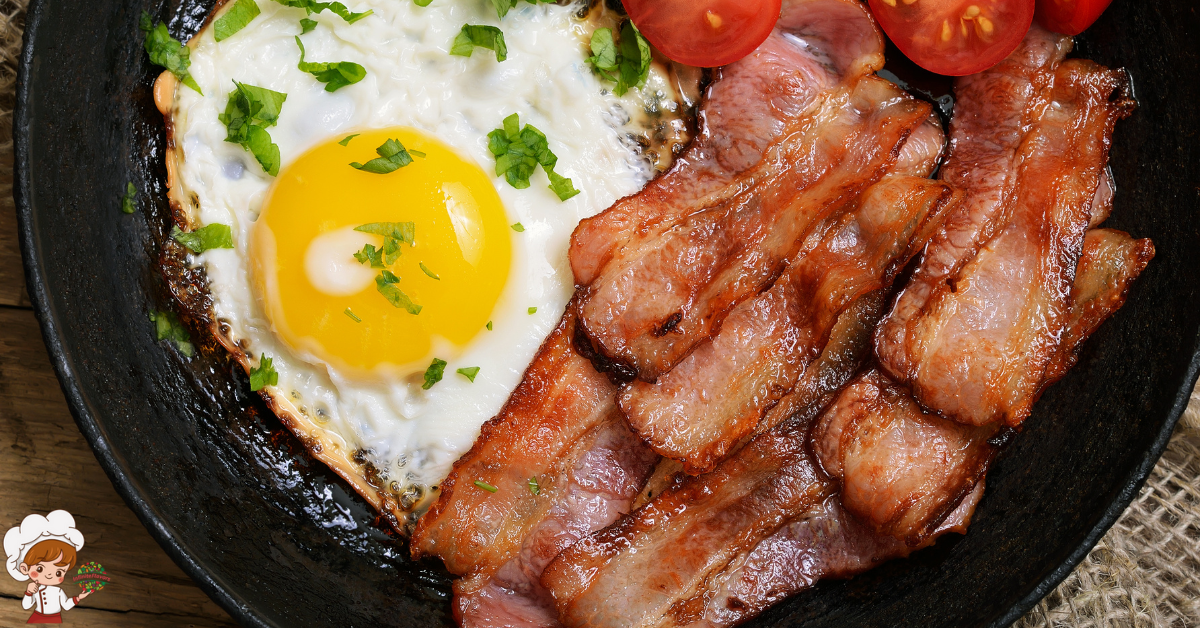The Best Baking Techniques For A Perfect Souffle
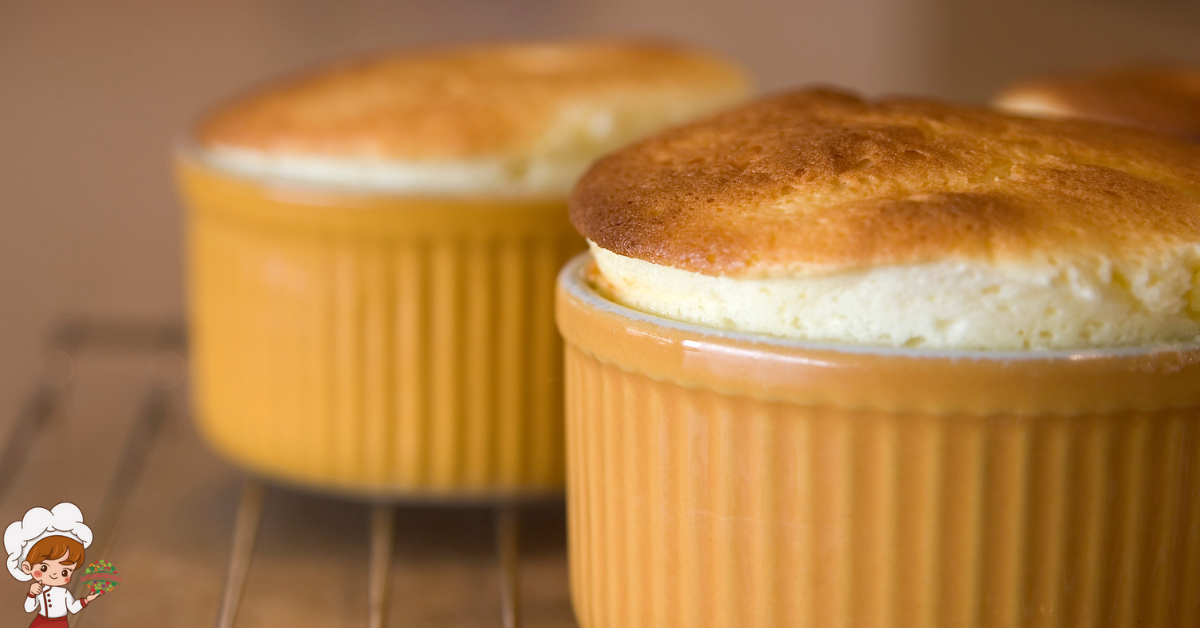
Techniques For A Perfect Souffle; Have you ever wondered how to achieve that perfect, airy and delicate soufflé? Well, look no further because we have the baking techniques that will take your soufflé game to the next level. From choosing the right ingredients to mastering the art of incorporating air into the mixture, each step is crucial in creating a soufflé that rises to perfection. But that’s not all, we’ll also guide you through the process of properly folding in the egg whites and baking at the right temperature. So, if you’re ready to elevate your culinary skills and impress your guests with a flawless soufflé, let’s dive into the world of baking techniques for a perfect soufflé.
Choosing the Right Ingredients
To create a flawless souffle, selecting the appropriate ingredients is of utmost importance. The choice of ingredients can greatly impact the flavor and texture of your souffle. When it comes to flavors, there is a wide variety to choose from. From classic chocolate and vanilla to more adventurous options like raspberry or lemon, the possibilities are endless. Experimenting with different flavors can add an exciting twist to your souffle and keep your taste buds intrigued.
Once you have decided on the flavor, it is essential to choose high-quality ingredients. For a chocolate souffle, opt for premium dark chocolate with a high cocoa content. The richness and intensity of the chocolate will shine through in the final product. Similarly, for a vanilla souffle, use pure vanilla extract or even scrape the seeds out of a vanilla bean for a more authentic flavor.
In addition to selecting the right ingredients, it is crucial to store any leftover souffle properly. Souffles are best enjoyed fresh out of the oven, but if you have leftovers, there are a few tips to ensure they stay as delicious as possible. Once cooled, cover the souffle tightly with plastic wrap or transfer it to an airtight container. Refrigerate promptly to prevent bacterial growth. Leftover souffles can be enjoyed for up to two days, although they may lose some of their airy texture. To reheat, place the souffle in a preheated oven at a low temperature for a few minutes until warmed through.
Preparing the Base Mixture
To create a perfectly smooth and airy base mixture for your souffle, begin by separating the eggs and setting aside the egg whites and yolks in separate bowls. This step is crucial in achieving the desired lightness and texture in your souffle. Whisking the egg whites separately will allow them to be beaten to stiff peaks, which will help the souffle rise beautifully in the oven.
To start, take the bowl with the egg whites and begin whisking them using a handheld electric mixer or a whisk. Make sure the bowl and whisk are clean and free from any traces of grease, as even a small amount can prevent the egg whites from reaching their full potential. Whisk the egg whites vigorously until they form stiff peaks that hold their shape when the whisk is lifted.
Next, in a separate bowl, whisk the egg yolks until they become smooth and creamy. This will help to create a rich and velvety base for your souffle. At this stage, you can also add any alternative flavorings you desire, such as vanilla extract, lemon zest, or cocoa powder. Gently fold these flavorings into the egg yolks until well incorporated.
Once the egg yolks are ready, carefully fold them into the beaten egg whites. The key here is to maintain as much air as possible in the mixture, so use a gentle and steady hand. Start by adding a small amount of the egg yolk mixture into the egg whites and fold it in using a spatula. Repeat this process until all the egg yolk mixture is incorporated.
With your base mixture prepared, you are now ready to move on to the next step in the souffle-making process: folding in the dry ingredients.
Incorporating Air Into the Mixture
Now, let’s explore the art of incorporating air into the mixture to ensure a light and fluffy souffle. The key to achieving this is through proper whisking technique and beating egg whites.
When it comes to whisking, it is important to use a whisk that allows for maximum aeration. A wire whisk with thin, flexible wires is ideal for creating a smooth and airy mixture. Begin by vigorously whisking the base ingredients together until they are well combined. This helps to incorporate air into the mixture and create a light texture.
Next, it is time to tackle the egg whites. Separate the egg whites from the yolks and place them in a clean, dry bowl. Using an electric mixer or a whisk, beat the egg whites until they form stiff peaks. This means that when you lift the whisk or beaters out of the mixture, the egg whites hold their shape and do not collapse.
To ensure the best results, make sure the bowl and beaters are completely clean and free from any traces of grease. Even the smallest amount of grease can prevent the egg whites from properly whisking up and incorporating air.
Once the egg whites are beaten to perfection, it’s time to gently fold them into the base mixture. Using a rubber spatula, make gentle, sweeping motions to combine the two mixtures. Be careful not to overmix, as this can deflate the air incorporated into the egg whites.
Incorporating air into the mixture is crucial for achieving a light and fluffy souffle. By mastering the whisking technique and beating egg whites to stiff peaks, you can ensure that your souffle rises beautifully and delights your taste buds with its airy texture.
Properly Folding in the Egg Whites
Gently and skillfully incorporate the beaten egg whites into the base mixture, using a delicate folding technique to preserve the air and ensure a perfectly light and airy souffle. The proper technique for folding in the egg whites is crucial to the success of your soufflé. To begin, make sure your egg whites are properly beaten to stiff peaks. This can be achieved by using a clean, dry bowl and whisking techniques such as using an electric mixer or a balloon whisk. Once your egg whites are ready, it’s time to fold them into the base mixture.
Start by adding a small amount of the beaten egg whites to the base mixture, using a rubber spatula. Gently and slowly, fold the mixture over the egg whites, turning the bowl as you go. This motion allows the egg whites to be incorporated evenly without losing too much air. Gradually add the rest of the beaten egg whites, folding them in with the same gentle motion.
Be careful not to overmix or stir vigorously, as this can cause the egg whites to deflate and result in a flat soufflé. The folding should be done with precision and delicacy, ensuring that the air bubbles remain intact. It is important to fully incorporate the egg whites into the base mixture, but without deflating them.
If you notice that your soufflé has deflated during the baking process, there are troubleshooting techniques you can try. One method is to gently tap the side of the soufflé dish to encourage it to rise again. Another option is to quickly open the oven door and sprinkle a small amount of cold water onto the soufflé. This can create steam and help the soufflé rise once more.
Baking at the Right Temperature
Now it’s time to talk about baking at the right temperature to ensure a perfect souffle. The optimal baking temperature for souffles is typically around 375°F (190°C), but it may vary depending on the recipe. To control the temperature accurately, use an oven thermometer and make sure to preheat your oven thoroughly. Achieving the right temperature is crucial for the souffle to rise beautifully and cook evenly, so don’t skip the preheating step.
Optimal Baking Temperature
To achieve a perfectly risen souffle, it is crucial to bake it at the optimal temperature. The right oven temperature plays a significant role in the success of your souffle, ensuring that it achieves a light and airy texture. When the souffle is placed in a hot oven, the heat causes the air trapped inside the mixture to expand, leading to the desired rise. However, if the oven temperature is too low, the souffle will not rise adequately, resulting in a dense and heavy texture.
On the other hand, if the oven temperature is too high, the souffle may rise too quickly and then collapse, resulting in a deflated and disappointing outcome. Therefore, it is essential to carefully follow the recipe instructions and preheat your oven to the recommended temperature to achieve the perfect souffle.
Temperature Control Tips
For precise temperature control when baking your souffle, consider implementing these helpful tips. Proper insulation is key to maintaining a consistent temperature in your oven. Make sure to preheat your oven for at least 20 minutes before baking, allowing it to reach the desired temperature evenly. Use an oven thermometer to verify that the temperature is accurate, as oven dials can be unreliable.
Troubleshooting common temperature issues involves understanding your oven’s hot spots and adjusting accordingly. If your souffle is browning too quickly on the top, you can tent it with aluminum foil to prevent overcooking. On the other hand, if your souffle is not rising properly, it may be due to an oven that is not hot enough. Following these temperature control tips will help you achieve a perfect souffle every time.
Importance of Preheating
Properly preheating your oven is crucial for baking a perfect souffle. The temperature of the oven plays a significant role in achieving the desired texture and rise of your souffle. To ensure the best results, it is essential to follow proper preheating techniques. Firstly, always set your oven to the recommended temperature stated in the recipe. Allow sufficient time for the oven to reach this temperature before placing your souffle inside. Common mistakes include rushing the preheating process or not preheating at all. These mistakes can lead to an uneven bake, resulting in a collapsed or undercooked souffle. Take the time to preheat your oven properly, and you will be rewarded with a beautifully risen and perfectly baked souffle.
Serving and Enjoying Your Perfect Soufflé
Indulge in the ethereal delight of a perfectly risen soufflé by following these steps for serving and savoring this culinary masterpiece. Once your soufflé has been carefully removed from the oven and is still piping hot, it’s time to add the finishing touches that will elevate its taste and presentation. Get creative with your soufflé toppings by considering both sweet and savory options. For a sweet soufflé, try a dusting of powdered sugar or a drizzle of chocolate sauce. For a savory soufflé, sprinkle some grated cheese or herbs on top. These creative soufflé toppings will not only add visual appeal but also enhance the flavors of the dish.
Pairing soufflés with complementary flavors can take your dining experience to a whole new level. For a sweet soufflé, consider serving it with a dollop of whipped cream or a scoop of vanilla ice cream. The creamy and cool textures of these accompaniments will balance out the warm and fluffy soufflé. If you’re serving a savory soufflé, think about pairing it with a fresh salad or a side of roasted vegetables. The crispiness and earthy flavors of these sides will provide a delightful contrast to the soft and airy soufflé.
When it comes to serving your soufflé, timing is crucial. Soufflés are best enjoyed immediately after they are taken out of the oven. The longer they sit, the more they deflate. So, gather your guests around the table and serve the soufflé as soon as it’s ready. Encourage everyone to savor each spoonful, appreciating the delicate texture and the burst of flavors. Remember, a soufflé is a fleeting delight, so make the most of this culinary masterpiece while it’s at its peak.
Techniques For A Perfect Souffle; Frequently Asked Questions
How Do I Prevent My Soufflé From Collapsing After Baking?
To prevent your soufflé from collapsing after baking, follow these troubleshooting tips. Make sure to handle it gently, avoid opening the oven door, and let it cool gradually. These techniques will help maintain its perfect rise.
Can I Substitute Regular Flour With Gluten-Free Flour in the Base Mixture?
Yes, you can substitute regular flour with gluten-free flour in the base mixture. There are alternative flours available that work well for soufflés. Experiment with different options to find the perfect one for you.
Is It Necessary to Use a Specific Type of Cheese in a Cheese Soufflé?
To achieve a light and airy texture in your cheese soufflé without it collapsing, it’s crucial to use the right type of cheese. Different cheeses create unique flavor variations, so experiment with options like Gruyère, Cheddar, or Parmesan for delicious results.
Can I Make a Soufflé Ahead of Time and Reheat It Before Serving?
You can make a soufflé ahead of time and reheat it before serving. To do this, prepare the soufflé as usual, let it cool, and then cover and refrigerate. When ready to serve, reheat in the oven until warmed through and puffed.
What Is the Best Way to Know if My Soufflé Is Fully Cooked and Ready to Be Taken Out of the Oven?
To tell if your soufflé is fully cooked, gently jiggle the dish. If the center wobbles slightly, it needs more time. Avoid opening the oven door too often, as this can cause the soufflé to collapse.
Conclusion
Congratulations! By following these baking techniques, you have mastered the art of creating the perfect soufflé. From choosing the right ingredients to properly folding in the egg whites, every step has been carefully explained to ensure your success. Baking at the right temperature is crucial for that light, airy texture. Now, all that’s left is to savor your creation and delight in the culinary masterpiece you have achieved. Enjoy!



